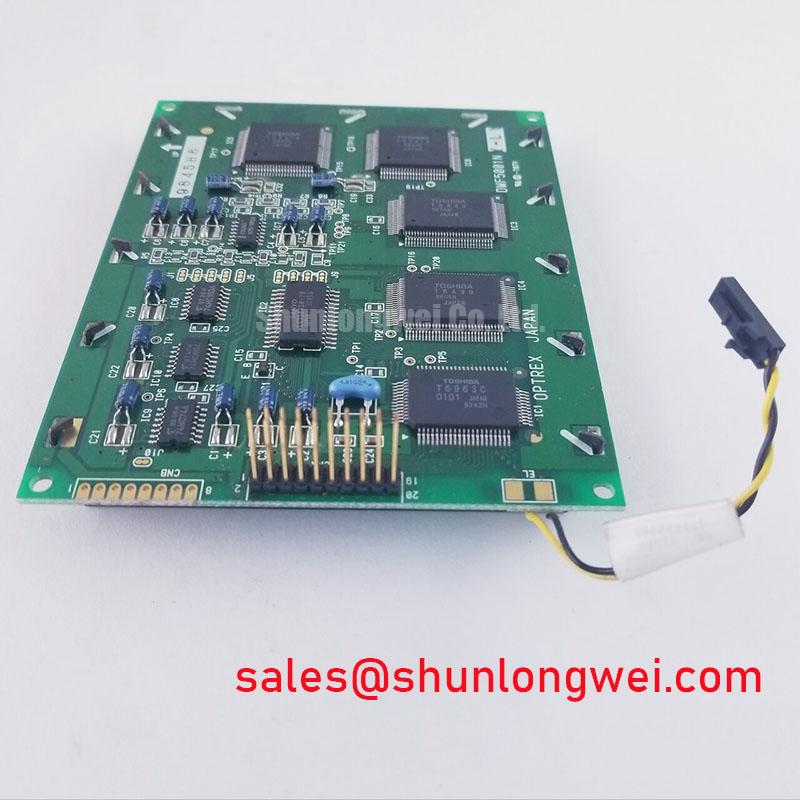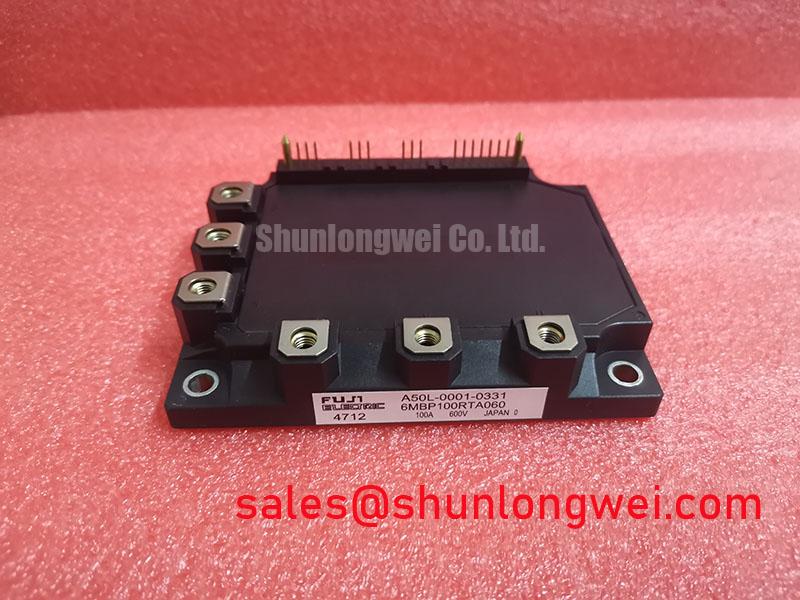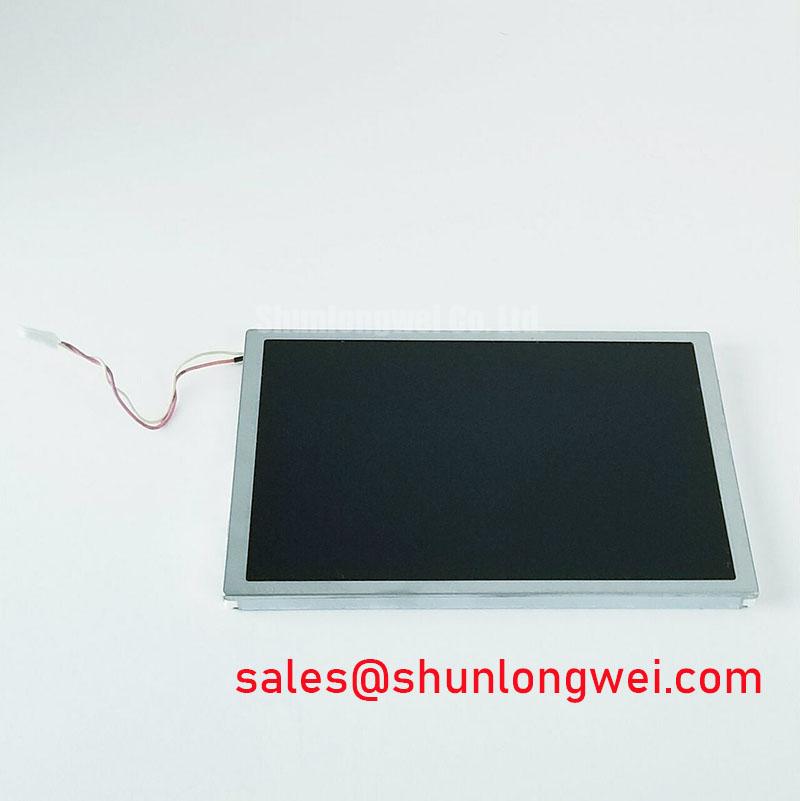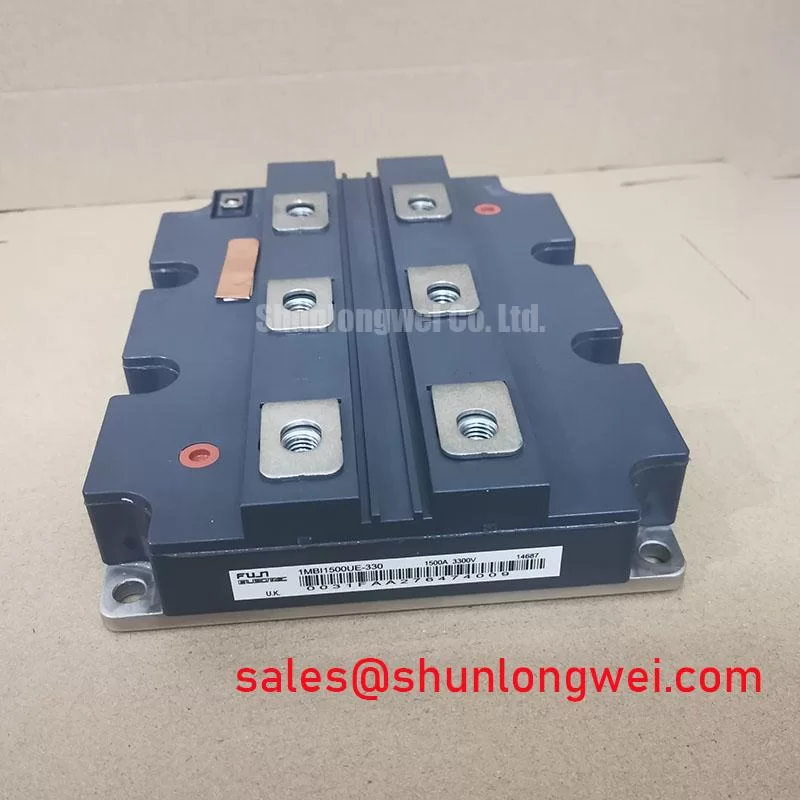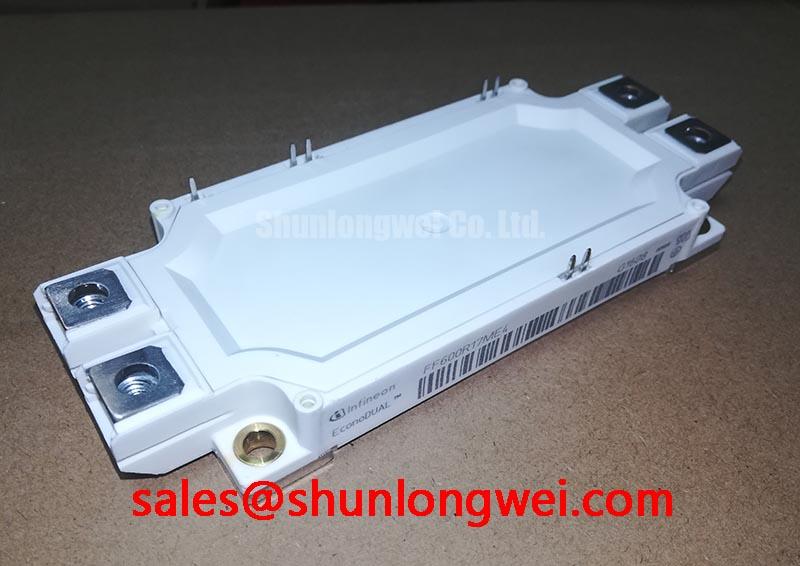G156HCE-L01: Engineering a New Standard for Visual Fidelity in Demanding Applications
Introduction and Core Specifications
The G156HCE-L01 is a 15.6-inch Full HD display module that leverages advanced LTPS TFT technology to deliver exceptional image quality and facilitate streamlined system integration. Engineered for applications where visual precision is non-negotiable, this panel combines high resolution with superior optical performance. Its core specifications feature a 1920x1080 Full HD Resolution | 500 cd/m² Brightness | LTPS TFT Technology | 89/89/89/89 Symmetrical Viewing Angles. The primary engineering benefits include uncompromising image fidelity and simplified mechanical and electrical integration. For designers wondering about the practical advantages of LTPS technology, it directly enables higher pixel densities and improved power efficiency over traditional a-Si panels. Best fit for portable medical and high-end industrial devices, the G156HCE-L01's LTPS panel delivers Full HD clarity with superior power efficiency.
Application Scenarios & Value
System-Level Benefits in High-Resolution HMIs and Portable Diagnostics
The G156HCE-L01 is engineered to excel in environments where data clarity directly impacts operational success and safety. In the medical field, its high pixel density of 141 PPI makes it a prime candidate for portable diagnostic equipment, such as mobile ultrasound systems and patient monitoring carts. The Full HD resolution allows clinicians to discern subtle details in medical imaging without distortion, enhancing diagnostic confidence. The panel's wide viewing angles, enabled by its AHVA technology, are critical in collaborative environments, ensuring that multiple medical professionals can view the screen from different positions without color shift or loss of detail.
In the realm of industrial automation, this display elevates the performance of sophisticated Human-Machine Interfaces (HMIs). Control rooms for process manufacturing or complex machinery benefit from the sharp, clear presentation of schematics, live data, and high-definition video feeds. The 500-nit brightness and 1000:1 contrast ratio ensure the interface remains legible even in challenging indoor lighting conditions. While the G156HCE-L01 provides Full HD for detailed imaging, applications requiring standard definition in the same form factor might consider the related G156BGE-L01, which offers a 1366x768 resolution.
Key Parameter Overview
A Functional Breakdown of Core Specifications
The technical specifications of the G156HCE-L01 are optimized for performance and ease of integration. The parameters below highlight its capabilities as a high-performance display solution.
| Display Characteristics | |
|---|---|
| Screen Size | 15.6 inch |
| Resolution | 1920(RGB)×1080, Full HD, 141 PPI |
| Panel Technology | LTPS TFT-LCD, AHVA |
| Luminance | 500 cd/m² (Typ.) |
| Contrast Ratio | 1000:1 (Typ.) |
| Viewing Angle | 89/89/89/89 (Typ.)(CR≥10) |
| Display Colors | 16.7M (8-bit) |
| Backlight | WLED, 50K hours (Typ.) with LED Driver |
| Interface & Electrical Parameters | |
| Signal Interface | LVDS (2 ch, 8-bit), 30 pins Connector |
| Supply Voltage | 3.3V (Typ.) |
| Mechanical & Environmental | |
| Active Area | 344.16(W)×193.59(H) mm |
| Outline Dimensions | 363.8(W)×215.9(H) ×9.8(D) mm |
| Operating Temperature | -20 ~ 70 °C |
| Storage Temperature | -20 ~ 70 °C |
Note: The parameters listed above are for reference purposes. For detailed specifications, performance curves, and integration guidelines, please consult the official product documentation.
Download the G156HCE-L01 datasheet for detailed specifications and performance curves.
Technical Deep Dive
The Engineering Impact of LTPS Technology
The choice of LTPS (Low-Temperature Polysilicon) as the TFT backplane technology is a defining feature of the G156HCE-L01. Unlike traditional amorphous silicon (a-Si), LTPS features significantly higher electron mobility. This is mission-critical for display performance. Think of electron mobility as the efficiency of a highway system; LTPS provides a multi-lane superhighway, whereas a-Si is more like a congested city street. This efficiency allows for the creation of smaller, faster-switching transistors.
This physical advantage translates into three direct engineering benefits. First, smaller transistors mean more of the pixel area can be dedicated to transmitting light, a metric known as the aperture ratio. A higher aperture ratio allows the display to achieve a target brightness (like its 500 nits) with less backlight power, reducing overall energy consumption and thermal output. Second, the faster switching capability is essential for rendering crisp, motion-blur-free video. Finally, the high performance of LTPS transistors allows for the integration of driver circuitry directly onto the glass substrate, reducing the number of external components and simplifying the overall system architecture.
Application Vignette
Enhancing Portability and Accuracy in Mobile Ultrasound Systems
Consider the design challenge of a next-generation portable ultrasound system. The core requirements are a lightweight, compact form factor, long battery life, and uncompromising diagnostic image quality. Integrating the G156HCE-L01 directly addresses these challenges. The panel's LTPS technology contributes to lower power consumption, extending the device's operational time in the field on a single charge. Its slim profile and integrated LED driver simplify the mechanical design, helping to achieve the desired portability.
From a clinical perspective, the Full HD resolution on the 15.6-inch screen provides the necessary detail for sonographers to identify subtle anatomical structures and abnormalities. The AHVA panel's 89-degree symmetrical viewing angles ensure that when a physician and a specialist are consulting over the device, they both see the exact same image with consistent color and grayscale fidelity, eliminating ambiguity and improving collaborative diagnostics. The result is a medical device that is not only easier to transport and use but also enhances the quality of patient care through superior visual performance.
Frequently Asked Questions (FAQ)
What is the primary benefit of the LTPS TFT technology in the G156HCE-L01 compared to standard a-Si panels?
The LTPS (Low-Temperature Polysilicon) technology offers significantly higher electron mobility. This enables smaller transistors, which leads to a higher aperture ratio for greater power efficiency (more brightness for less power) and allows for higher pixel densities, supporting the crisp Full HD resolution in this 15.6-inch form factor.
How does the 141 PPI pixel density impact its use in industrial HMIs?
A pixel density of 141 PPI ensures that graphical user interfaces, fine text, and detailed schematics are rendered with exceptional sharpness. For operators monitoring complex processes, this reduces eye strain and minimizes the risk of misinterpreting critical data, leading to improved accuracy and operational safety. It moves beyond simple data display to provide true information clarity.
What considerations are needed for integrating the 2-channel, 8-bit LVDS interface?
The LVDS (Low Voltage Differential Signaling) interface is a robust standard for high-speed data transmission within a system. Integration requires a compatible graphics controller or scaler board that can output the required signal format. Key considerations include proper impedance matching (typically 100 ohms), careful routing of the differential pairs to minimize skew and noise, and ensuring the power supply for the panel (3.3V) is stable and clean. For further reading, an overview of TFT-LCD technologies can provide valuable context.
Technical Inquiries and Component Sourcing
To evaluate the G156HCE-L01 for your design, or for inquiries regarding specific application requirements, please contact our technical support team for detailed information and component access.







